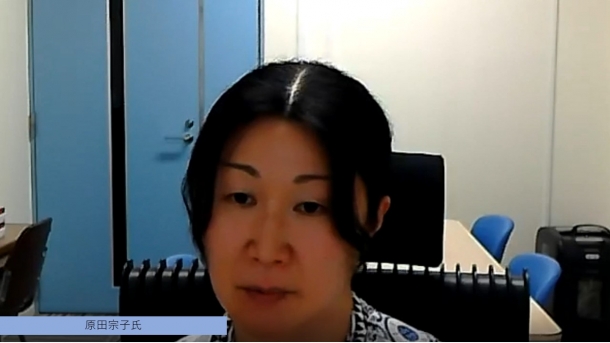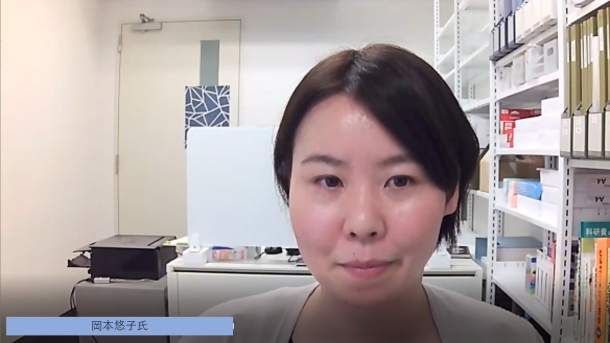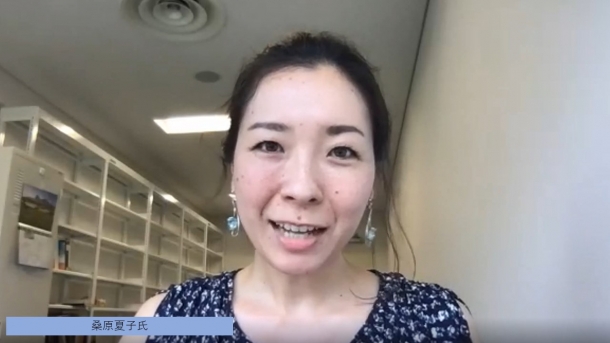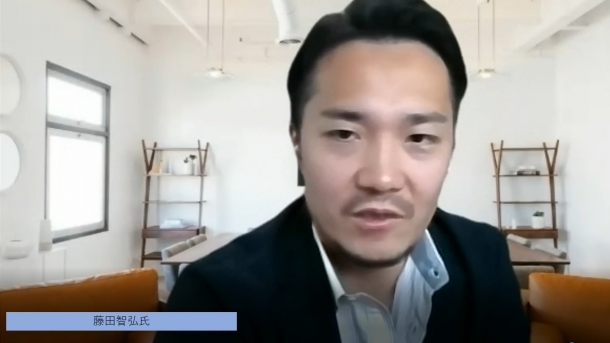- News
- Event Report: WIAS Seminar Series, Vol. 4 “Open Lecture – Interaction of Individual and Environment: Scope of cognitive neuroscience in ‘Humanities in the Anthropocene'”
Event Report: WIAS Seminar Series, Vol. 4 “Open Lecture – Interaction of Individual and Environment: Scope of cognitive neuroscience in ‘Humanities in the Anthropocene’”

- Posted
- 2022年6月13日(月)
This lecture was organized as the fourth public lecture in the seminar series “Humanities in the Anthropocene,” a research project of the Waseda Institute for Advanced Study (WIAS). The lecture was attended by 20 participants from Japan and abroad, and was followed by a lively discussion.
We were pleased to have two speakers at this lecture. Tokiko Harada specializes in cognitive neuroscience and Yuko Okamoto in developmental psychology.
Cognitive neuroscience is a research area with the aim to understand an individual cognition and behavior from brain’s perspective. In particular, functional magnetic resonance imaging (fMRI) is an experimental scientific method conducted in a laboratory, which is inherently far from humanistic research methods incorporating elements of society, i.e., nature and human activities. In recent years, however, there have been increasing attempts to elucidate the interaction between the individual and society via the brain, such as cultural neuroscience, dealing with the influence of culture on individual differences, and developmental neuroscience, dealing with the development in the context of interactions with society. Therefore, in this fourth seminar, we discussed society as seen through the individual’s brain and addressed the scope of cognitive neuroscience in considering the Anthropocene.
Harada introduced fMRI studies on brain specificity in terms of physical characteristics, characteristics of self-consciousness, and differences in self-consciousness in different cultures. She discussed whether individual differences dealt by cultural neuroscience are environmental or genetic factors, changes in cultural cognitive characteristics over time, and the relationship between cultural cognitive characteristics and language.

Okamoto presented a case study on the developmental characteristics of the higher visual cortex in autism spectrum disorder. The discussion turned to the impact of environmental differences on the disorder and what academic methods can be used to measure environment and adaptation.

In the discussion part, Natsuko Kuwabara, a lecturer at the WIAS, who specializes in Italian art history, asked whether differences in acquired language systems cause differences in cognitive functions during the developmental process of children. Also, Tomohiro Fujita, a lecturer at the WIAS, who specializes in cosmology, asked what aspect indicates that the brain is not merely “matter,” despite the material characteristics of the neurotransmitter activity (behavior as a collection of atoms and molecules). Each of these questions can evolve into the larger theme of what “the brain” or “a human being” is, and no clear answers can be given on the spot. However, it was an exciting opportunity for us to have this kind of discussion beyond each other’s area of expertise.


Event details
- Date/Time: May 28, 2022 (Sat.), 10:00 (JST)
- Location: Online meeting via Zoom (prior registration required)
- Speaker:
Tokiko Harada (Lecturer, Graduate School of Informatics, Nagoya University)
Yuko Okamoto (Associate Professor, Waseda Institute for Advanced Studies, Waseda University) - Prospected Audience: Faculty members, Researchers, Graduate students
- Organized by: Waseda Institute for Advanced Study (WIAS)
Co-Organizers: Waseda Global Japanese Studies, Ryusaku Tsunoda Center of Japanese Culture, Waseda Society of Art History - Supported by: The Mitsubishi Foundation, Research Grants in the Humanities, KAKENHI 21K02390
- Tags
- Event Reports
